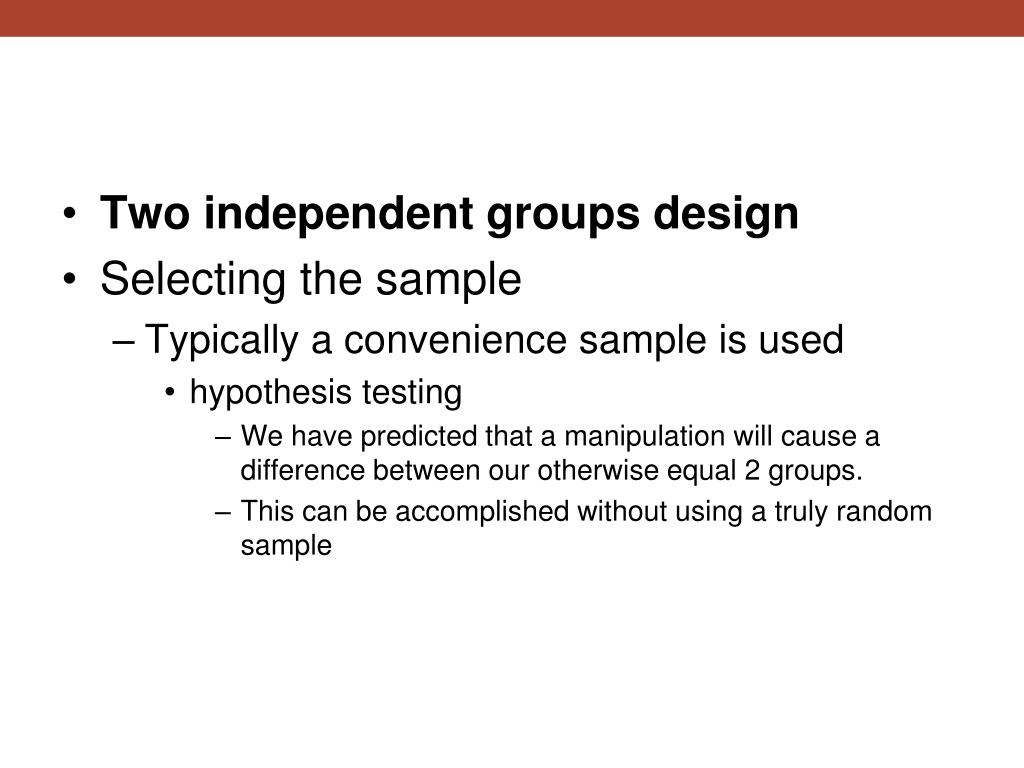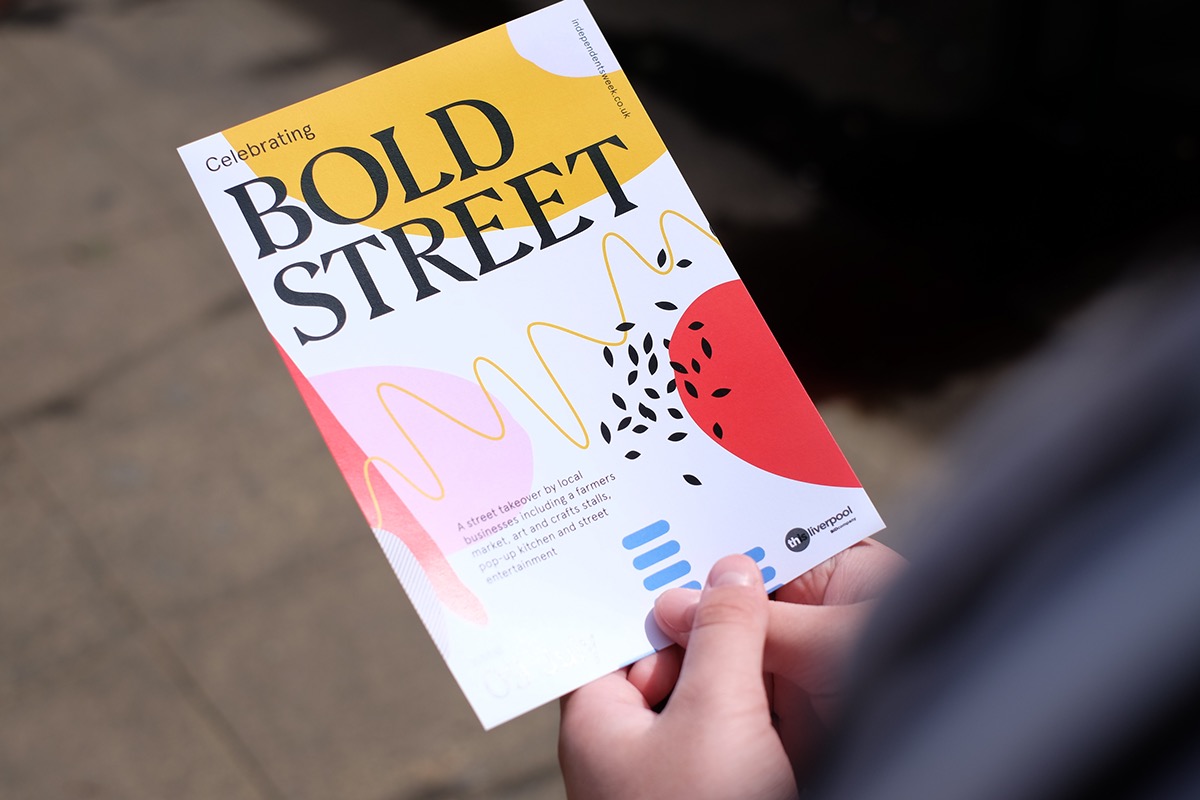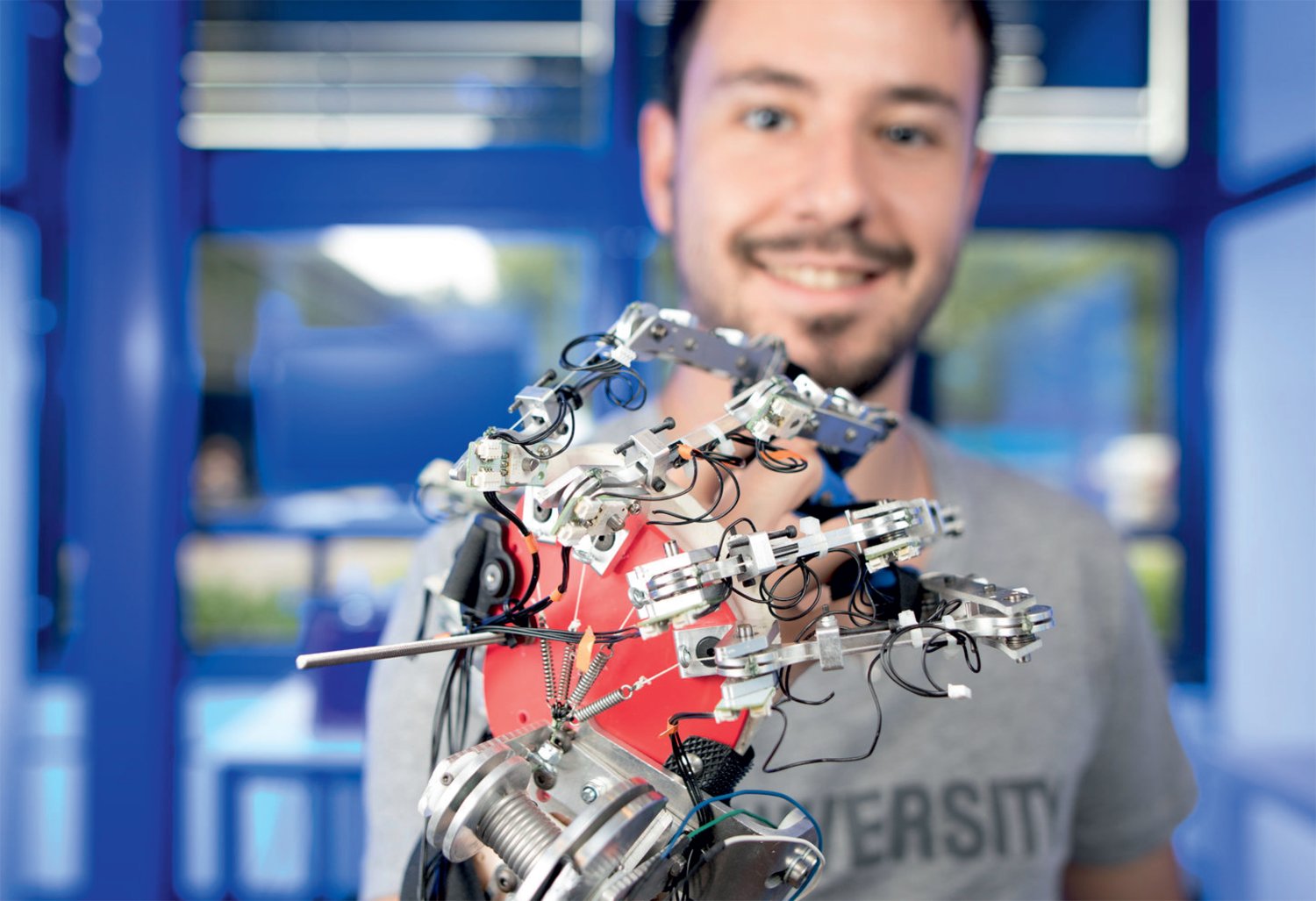Table Of Content

A matched pairs design is an experimental design where pairs of participants are matched in terms of key variables, such as age or socioeconomic status. One member of each pair is then placed into the experimental group and the other member into the control group. Although used primarily in menswear fashion, a flat pattern is the most basic form of pattern making. In flat pattern making, pattern makers take accurate measurements from a dress form or a figure, and then measurements are turned into a pattern using paper. One benefit to flat pattern making is creating multiple other designs based on a single pattern. Once you’ve perfected the flat pattern, it’s easy to create new designs by combining the basic pattern’s cut, slash, and spread techniques.
BETWEEN GROUP QUASI DESIGN
Although order effects occur for each participant, they balance each other out in the results because they occur equally in both groups.
Shortcomings and Criticisms of Between Subjects Design

This can happen in field; lab or natural experiments (remember not all quasi experiments are natural). It can happen because it is not possible to randomly allocate (natural/field or the researcher forgot (bad research). You may have uneven groups or choose participants with characteristics that support your hypothesis.
These Independent Groups Are Blending Research, Activism, and Critical Thought in Architecture - Metropolis - Metropolis Magazine
These Independent Groups Are Blending Research, Activism, and Critical Thought in Architecture - Metropolis.
Posted: Tue, 11 Apr 2017 07:00:00 GMT [source]
Life-Span Developmental Psychology
To achieve these goals, experimental designs prioritize data validity and reliability and internal and external experimental validity. When an experiment is valid and reliable, researchers can have confidence in the accuracy and consistency of their procedures and data, leading to reliable results. Because each subject is assigned to only one condition, this type of design requires a large sample. Thus, these studies also require more resources and budgeting to recruit participants and administer the experiments.
Determining Subject Assignment To Treatment Groups
Julia Simkus is a graduate of Princeton University with a Bachelor of Arts in Psychology. She is currently studying for a Master's Degree in Counseling for Mental Health and Wellness in September 2023. The counterbalancing of groups eliminates the bias, e.g., boredom is experienced in both conditions so can’t skew one set of data. The groups are now counterbalanced, for example, if participants get bored in condition two then some will be bored whilst music is playing and others while music is not playing.
Our all-inclusive design studio complete with an extensive warehouse and multifaceted creative team allows us to effectively plan and manage virtually any event. We are more than experienced producers; we are a team of passionate, hands-on artists. You should also have a clear budget in mind, as well as a deadline or timeline that works for both parties. TEG is equipped to cater to small labels and independent designers who want to get their brands up and running. Drafting is another pattern-making style that derives from standard sizing presets from factories or measured accurately using a fit model. These designs, typically first drafts, are completed on paper with markings for ease allowance to complete the formation of the garment.
When determining the treatments, it is crucial to carefully consider their specific characteristics, such as the dosage or intensity. For example, if comparing three different temperatures in a manufacturing process, it is necessary to define the specific variations between them. Each type of experimental design has its own advantages and disadvantages, and it is usually up to the researchers to determine which method will be more beneficial for their study.
CPD courses & events

Not only is it less stressful, but it’s more efficient and typically more cost-effective in the long run. Choosing an expert in this niche is imperative because their skill and technical know-how can ultimately make or break your physical design. Just as the Fashion-Incubator suggests, anyone can call themselves a pattern maker, so we’re here to help you understand how to choose the right Los Angeles pattern maker for your line. Where the same participants are allocated to all groups (i.e. take part in all conditions) of an experiment. Do we use the same people in all conditions or groups, or do we choose different people for different conditions or groups?
To assess the effect of the organization on recall, a researcher randomly assigned student volunteers to two conditions. Los Angeles-based design group, The Evans Group, is ready to assist you on your journey. Whether it’s securing everything from skilled pattern maker professionals to high-end, retail-ready garment production. Rather than tech packs, something most other pattern makers require, we will create and provide specification sheets, a resource exclusive to TEG clients. Knowing your choices for fabrics, trim, colors, material placement, and other facets of the design will help you arrive prepared. However, we can help you meet these demands, no matter where you are in your journey.
Spending by independent groups soars in Oakland elections - The Oaklandside
Spending by independent groups soars in Oakland elections.
Posted: Tue, 27 Oct 2020 07:00:00 GMT [source]
The platform also provides access to scientifically accurate illustrations, allowing researchers to visually represent complex concepts and structures. By enhancing the visual impact of their research through visually appealing figures, scientists can effectively communicate their work and captivate their audience. They will measure whether the groups differ significantly from each other due to the different levels of the treatment variable that they experienced.
Overall, selecting an appropriate experimental design requires careful consideration of subject area concerns, available resources, and the research question at hand. In experimental design, researchers have various options to address the challenge of reducing variability and obtaining reliable results. One approach is the use of a matched pairs experimental design, which falls under the category of between-subjects studies. In this design, researchers aim to minimize pre-existing differences between experimental groups by pairing subjects with similar characteristics. Each pair consists of two participants, with one assigned to the treatment group and the other to the control group. For instance, if testing different teaching methods, grade level may be a relevant nuisance factor influencing educational outcomes.
A between-subjects study design, also called independent groups or between-participant design, allows researchers to assign test participants to different treatment groups. All variables which are not independent variables but could affect the results (DV) of the experiment. The way treatments are defined and designed within the experiment can significantly impact the results obtained and the generalizability of the findings. Therefore, careful consideration and precise specification of the treatments are important aspects of experimental design to ensure accurate and meaningful conclusions.
The primary objective of these studies is to observe effects that exist within the population under investigation, with a preference for identifying causal effects. This requires isolating the true effect of each factor from potential confounding variables and generating conclusions that can be generalized to the real world. However, quasi-experimental designs introduce challenges related to confounding variables. In this type of experimental design, the correlation between variables does not necessarily indicate causation.
In a factorial experiment, the researcher has to decide for each independent variable whether to use a between-subjects design or a within-subjects design. Between-subjects and within-subjects designs are two different methods for researchers to assign test participants to different treatments. Independent Group Design refers to a research method where different participants are assigned to each group or condition being compared. This design allows for the comparison of the effects of different treatments or conditions on separate groups of participants. It is commonly used in experimental studies to minimize the potential for order effects and participant bias. Quasi experiments are when participants cannot be randomly allocated to conditions.

No comments:
Post a Comment